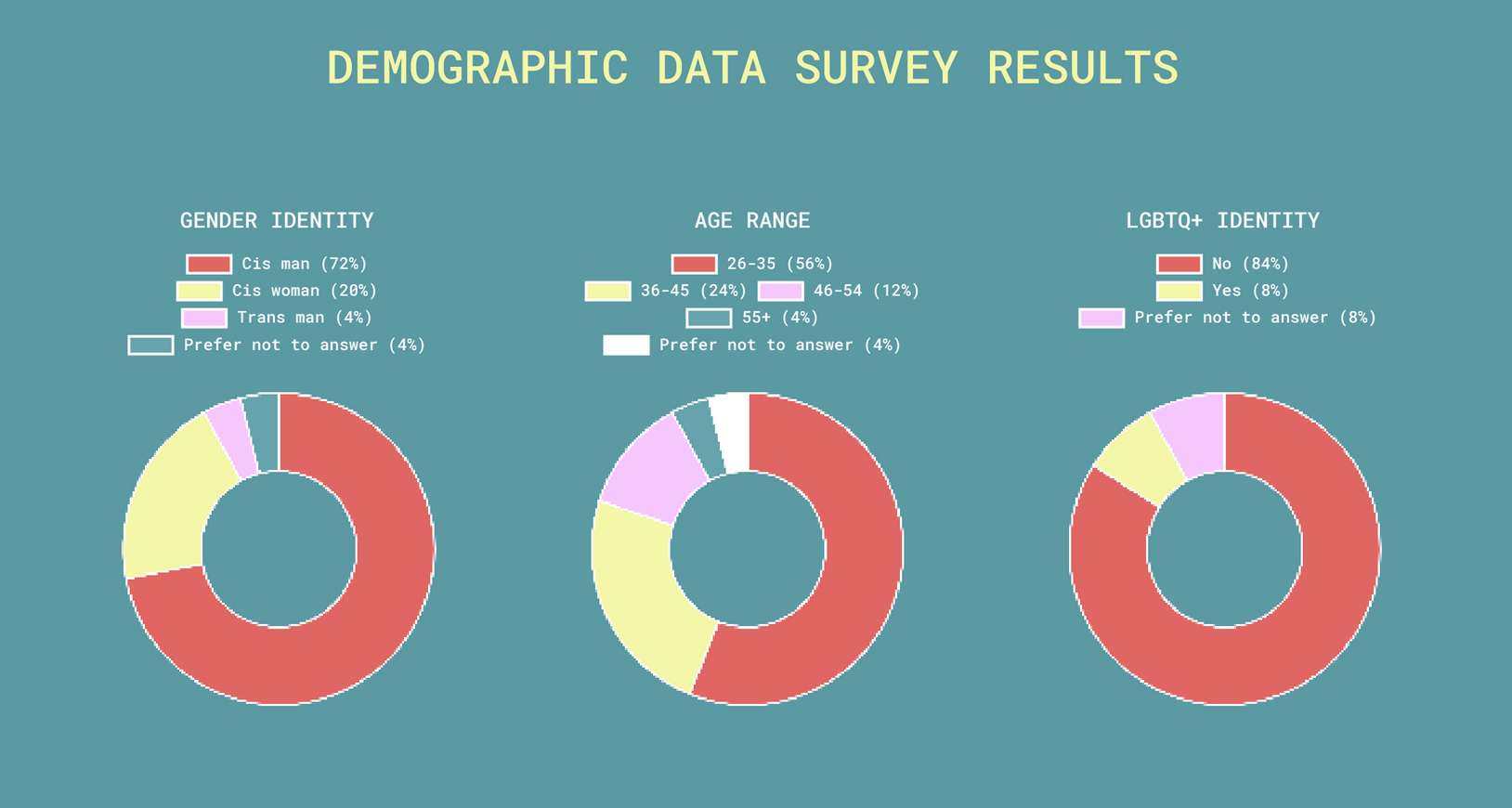Fundraising is the lifeblood of nonprofit organizations. In 2024, the landscape of nonprofit fundraising has evolved, driven by digital innovation, shifting donor expectations, and global challenges. To stay ahead, nonprofits must adopt effective and innovative fundraising strategies. This article dives deep into actionable tactics nonprofits can use to elevate their fundraising efforts and secure their missions’ sustainability.
1. Leverage Digital Fundraising Platforms

Digital platforms have transformed the way nonprofits engage with donors. Tools like GoFundMe, Classy, and Donorbox allow organizations to create customized campaigns, accept donations securely, and provide real-time updates.
Practical Example:
The Ocean Preservation Initiative utilized crowdfunding to raise $500,000 for coral reef restoration. They integrated compelling storytelling, high-quality visuals, and transparent impact tracking on their campaign page. As a result, they exceeded their goal by 20%.
Actionable Tip:
Invest in a user-friendly donation platform that supports mobile giving, recurring donations, and social media integration.
2. Optimize Your Website for Donations

Your website is the centerpiece of your online presence. Ensure it is optimized for donations by having clear calls-to-action (CTAs), fast loading times, and a seamless user experience.
Practical Example:
The Literacy Foundation saw a 40% increase in online donations after revamping their website. They used A/B testing to optimize donation forms and added a progress tracker showing how close they were to achieving their funding goals.
Actionable Tip:
Incorporate tools like Google Analytics to track user behavior and refine your website’s donation journey.
3. Implement Donor Segmentation

Not all donors are the same. Segmenting your donors based on giving history, demographics, and interests allows for personalized communication.
Practical Example:
Animal Rescue League created tailored email campaigns for major donors, first-time contributors, and lapsed donors. This approach resulted in a 25% higher donor retention rate.
Actionable Tip:
Use CRM software like Salesforce or Bloomerang to categorize donors and craft specific messages for each segment.
4. Focus on Monthly Giving Programs

Recurring donations provide a predictable revenue stream. Monthly giving programs allow donors to make smaller, manageable contributions consistently over time.
Practical Example:
Feeding Families Alliance launched a “$20 for 2024” campaign, encouraging donors to commit $20 monthly. This initiative secured over 5,000 recurring donors, significantly stabilizing their income.
Actionable Tip:
Offer incentives such as exclusive updates or merchandise to encourage recurring contributions.
5. Host Virtual and Hybrid Events
Events remain a cornerstone of fundraising, but the rise of virtual and hybrid formats has expanded reach and engagement.

Practical Example:
Global Health Partners hosted a hybrid gala with both in-person and virtual attendees. Livestreaming the event allowed international donors to participate, contributing an additional $100,000 to their initial goal.
Actionable Tip:
Use platforms like Zoom or Hopin for virtual components and engage attendees with interactive activities, such as live polls or Q&A sessions.
6. Collaborate with Influencers and Ambassadors
Influencers and brand ambassadors can amplify your message and attract new donors, especially younger demographics.

Practical Example:
Clean Water for All partnered with eco-friendly influencers to promote their campaign. These influencers’ posts reached over 2 million followers, leading to a 50% increase in donations within three months.
Actionable Tip:
Identify influencers whose values align with your mission and offer them creative freedom to promote your cause authentically.
7. Embrace Peer-to-Peer Fundraising
Peer-to-peer fundraising empowers your supporters to raise funds on your behalf. It leverages personal networks to expand your reach.

Practical Example:
Youth Empowerment Center equipped their volunteers with custom fundraising toolkits. Supporters organized birthday fundraisers and social media challenges, collectively raising over $200,000.
Actionable Tip:
Provide clear instructions, templates, and regular updates to motivate fundraisers.
8. Strengthen Corporate Partnerships

Corporate social responsibility (CSR) initiatives have increased, making businesses eager to support meaningful causes.
Practical Example:
Education for All Foundation collaborated with a tech company for a matching gifts campaign, doubling their donations during the holiday season.
Actionable Tip:
Approach companies with a clear value proposition, outlining how their support will impact your cause and benefit their brand.
9. Measure and Communicate Impact
Donors want to see the results of their contributions. Sharing stories, data, and visuals about how donations make a difference fosters trust and loyalty.
Practical Example:
Habitat Heroes created an annual impact report showcasing key metrics, testimonials, and high-resolution photos of completed projects. This transparency boosted donor retention by 35%.

Actionable Tip:
Use infographics and storytelling to make your impact reports engaging and shareable.
Conclusion
Fundraising in 2024 demands a blend of traditional and modern strategies, coupled with an unwavering focus on donor engagement and transparency. By leveraging digital platforms, optimizing donor experiences, and fostering meaningful partnerships, nonprofits can secure the funding they need to thrive.
Start implementing these strategies today and watch your nonprofit’s impact grow exponentially.
